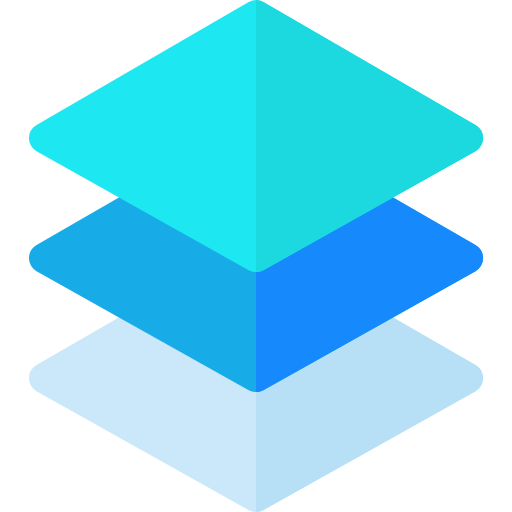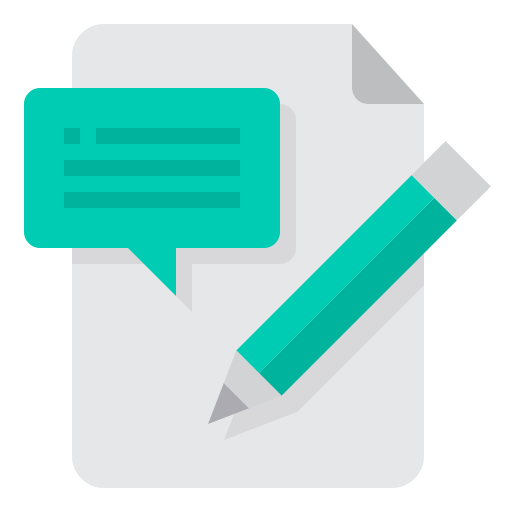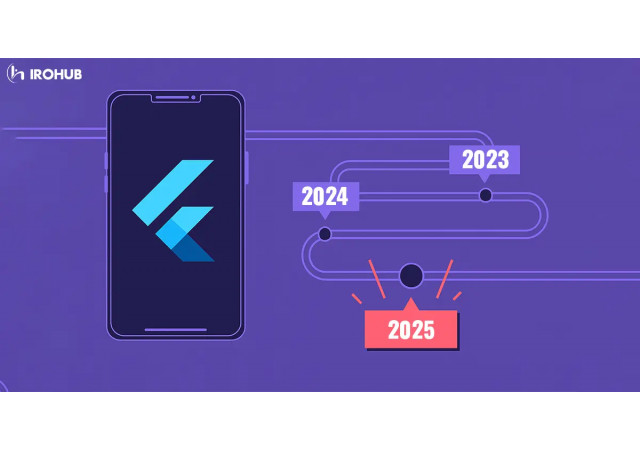Flutter has evolved at a rapid rate from being merely a mobile app SDK to being a robust and feature-rich cross-platform development platform. As we move deeper into 2025, Flutter's continuous development is revolutionizing the way developers build and scale applications, not just mobile, web, and desktop, but also embedded systems. Supported by a robust community and ongoing investment from Google, Flutter is now the first choice for developers and companies alike, who expect performance, scalability, and flexibility from a single codebase.
Whether you are an experienced developer or just starting out, the demand for skilled Flutter developers has surpassed anything ever seen before. For beginners in the framework, choosing the best Flutter course for beginners is the first step towards developing future-proof apps. Such courses fill the gap between interest and proficiency, teaching beginners the practical skills of Dart, Flutter widgets, and UI/UX, keeping real-world development needs in mind.
Here, we will break down the latest Flutter releases, explore bleeding-edge capabilities, and give you a preview of where the framework is going. We will also show you how agencies and businesses are using Flutter for a competitive edge, and how new developers can set themselves up for success by learning it early.
1. Information Regarding Flutter 3.x and Flutter 4.0
Flutter 3.x cemented the framework's reputation for performance and stability. But in 2025, Flutter's ecosystem is abuzz with news regarding Flutter 4.0—a massive release that introduces faster performance, improved support for foldables, and rendering and dev tool enhancements.
Flutter 4.0 also brings in a modular architecture that facilitates the simple development of large-scale applications. Developers can now divide projects into smaller, manageable pieces for parallel development, resulting in faster build times and cleaner code management. This is a huge productivity boost for enterprise projects with multiple teams working on a single app.
Another major aspect is the acceleration of desktop support. With macOS, Windows, and Linux support becoming more stable, Flutter is being considered more and more as a true cross-platform solution, not just for mobile.
2. Dart Development
Being the core pillar of Flutter, Dart has experienced remarkable enhancement in its strength, conciseness, and expressiveness. Dart 3.2, which was launched early in 2025, is aimed at:
- Improved null safety
- High-end functional programming properties
- Native concurrency enhancements with isolates
These improvements substantially boost Flutter's performance, allowing developers to write safer, more maintainable code and reducing the bugs caused by null reference exceptions. In addition, the Dart team, in close coordination, is working on Flutter to provide smooth integration between the language and the framework, helping developers develop feature-packed apps faster.
3. Increased Web and Embedded Support
Flutter's "write-once, run-anywhere" promise has reached even higher levels with additional web support in Flutter and embedded systems. By 2025, the web version of Flutter is nearly native performance with enhancements in CanvasKit rendering and DOM support. In embedded systems, Flutter finds application in smart displays, dashboards in cars, and IoT devices. The improved support for ARM processors and smaller runtime footprints make it especially well-suited for these environments, particularly with the modular architecture introduced in Flutter 4.0. Expect an increasing number of OEMs and device makers to adopt Flutter for on-device apps and customized UIs.
4. Integration with AI and ML Tools
As AI-powered apps continue to gain ground, Flutter isn't only keeping up—it's raising the bar. With machine learning becoming a regular feature of apps today, Flutter has enhanced its native support of leading ML platforms and APIs. By 2025, developers can make use of native bindings and better documentation for TensorFlow Lite, Firebase ML Kit, and a growing universe of third-party AI components. This means Flutter apps get to tap powerful features such as image recognition, natural language, and predictive analysis—all within native Flutter.
Still more compelling is Flutter's augmented on-device inference. That is to say, you can develop high-performance, responsive, smart applications that locally run data processing operations, without maintaining constant cloud connectivity. In applications like healthcare, manufacturing, logistics, and field services, for which real-time decision and offline capabilities are both critical, it is a transformational offering.
If you're planning to learn Flutter in 2025, it's the best time. The system is no longer just a pretty UI; it's now building intelligent, contextual apps that are generating value in real-time. With Flutter continuing to mature, the learning curve continues to get better with even more tooling, community-authored tutorials, and entry and expert-level courses. Whether you're creating from scratch or reskilling to meet market needs, investing in Flutter development today puts you at the leading edge of cross-platform innovation.
5. Improved DevTools and IDE Support
In 2025, Flutter's DevTools package provides a much-improved debugging and profiling experience. Some of the new additions you can find are as follows:
- Real-time memory and CPU profiling
- Improved widget inspector
- Performance analysis based on the timeline
Also, Flutter is now integrated into Visual Studio Code, Android Studio, and IntelliJ with more advanced code completion, refactoring, and AI-assisted suggestions. All of these improve the development environment, cut down on context switching, and also allow faster iteration cycles.
6. New Widgets and Customization Options
Flutter continues to grow its widget library, allowing developers to easily provide refined UIs without the need for wheel reinvention. The 2025 release features:
- Enhanced accessibility widgets with improved integration for screen readers
- Sophisticated animation widgets for rich motion design
This emphasis on design consistency across platforms, both desktop and foldables, makes Flutter a UX-first framework. Custom themes and Material Design 3 updates also provide developers with greater control over the look and feel. With these enhancements, Flutter developer demand 2025 will be skyrocketing, as enterprises and companies look for developers who can harness these sophisticated features to deliver seamless, cross-platform experiences.
7. Increased Emphasis on Enterprise Use Cases
In 2025, more large enterprises are going all-in on Flutter for internal applications, B2B applications, and customer-facing platforms. Why? Since Flutter's performance and scalability reduce time-to-market and total cost of ownership.
Enterprise-friendly features include:
- Authentication and role-based access control integrations
- Backend-agnostic architecture (REST, GraphQL, gRPC support)
- CI/CD pipelines and containerized deployment
Flutter is also endorsed by leading cloud providers such as Google Cloud and AWS, with smooth backend integration and monitoring capabilities. This thing speeds up the overall development by eliminating operational overhead.
8. Flutter for Game and AR Development
Though Flutter wasn't designed for gaming, it's rapidly making waves in casual games and AR applications. In 2025, support for shaders, 2D graphics, and plugin APIs is allowing developers to create interactive, cross-platform experiences with simplicity. The community is already developing lightweight game engines and AR toolkits, leading innovation in education tools, branded apps, and even multiplayer games.
As this trend gathers momentum, several software training institutions have introduced special Flutter classes, from UI design to AR integration. For developers who want to be in the know, Flutter is not just an app framework—it's a way of creating immersive, real-time experiences.
9. Growth of the Ecosystem: Plugins, Packages, and Community
The Flutter plugin ecosystem exploded in 2025. With over 30,000 packages published to pub.dev, developers have access to pre-built solutions for analytics, payments, video calls, and so much more. The main trends are:
- Community-driven packages for specialized use cases
- Corporate sponsorship of plugin development to ensure long-term support
The Flutter community is still among the most vibrant in open source, with conferences, meetups in local areas, and online learning communities keeping developers on their toes and encouraging continuous innovation. As career opportunities in Flutter increase, experienced developers will find themselves in demand to develop on these fast-moving tools, making even more professional success paths possible in the Flutter ecosystem.
10. Flutter in Regulated Industries
The maturity of Flutter now makes it compatible with industries such as healthcare, finance, and government, where security, compliance, and performance are paramount.
In 2025, there are a few Flutter app development companies that specialize in HIPAA-compliant health apps, real-time data visualized fintech dashboards, and secure communication platforms.
Flutter's flexibility in supporting encryption, two-factor authentication, and audit logging makes it an attractive option for these high-risk environments. More highly regulated companies are thus embracing Flutter as a default solution for new application development.
Conclusion: The Future of Flutter
In 2025, Flutter will be more than just a cross-platform framework; it will be a strategic development platform that helps companies innovate more quickly and intelligently. There is no denying the momentum as Google doubles down on roadmap clarity, community involvement, and strong tooling. We are witnessing quicker releases and patches, greater acceptability across a wide range of industries and geographies, and stricter compliance to the strengths of the local OS.
Flutter is affordable and flexible. It offers businesses the performance, scalability, and consistency they need to stay competitive. And for developers, it's a forward-looking skill set that's on the same path as modern software development.
To stay in sync, more and more are investing in Advanced Flutter training programs that can take you beyond the fundamentals and deep into architecture, performance optimization, and integrations such as ML and AR. As a tech lead, product owner, or developer, the time to invest in Flutter isn't tomorrow—it's now. Join its revolutionary journey and get to shape what digital excellence will mean in the years to come.







Post Comments (0)